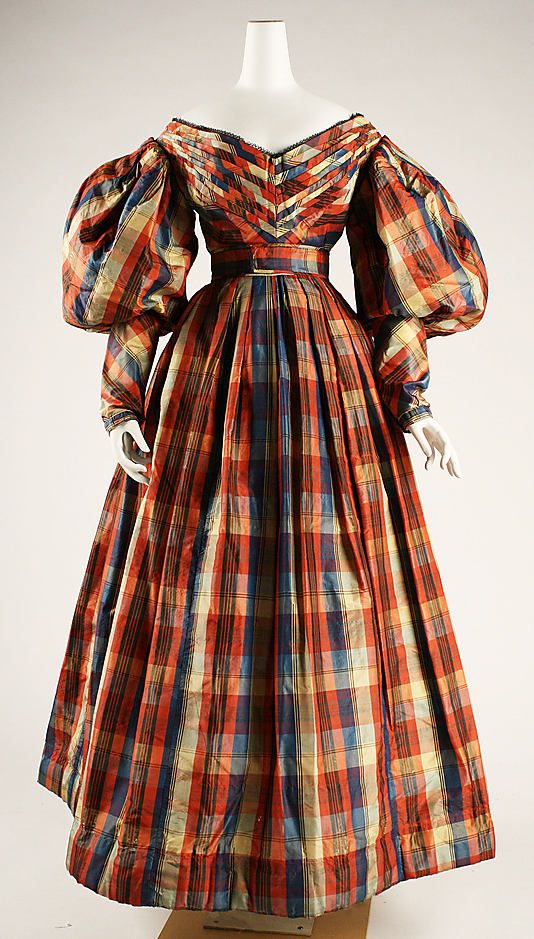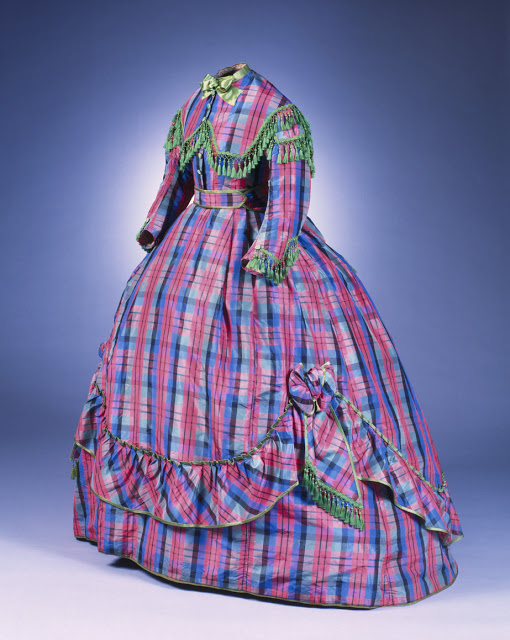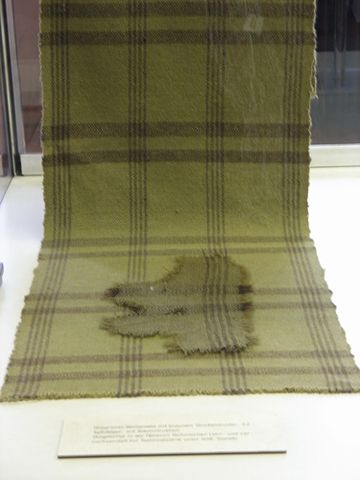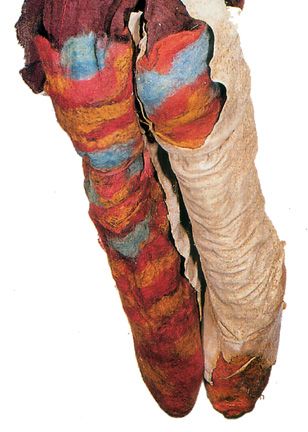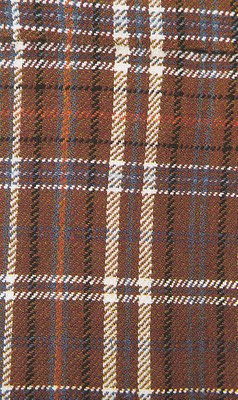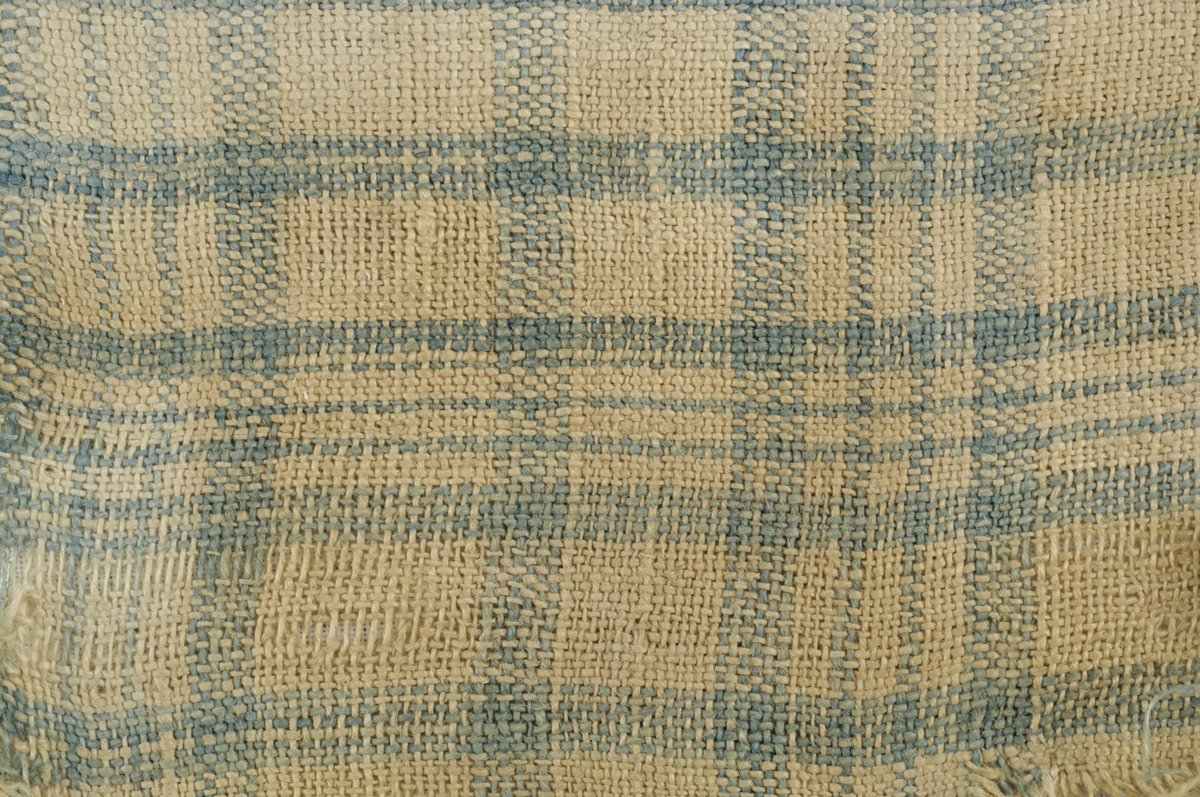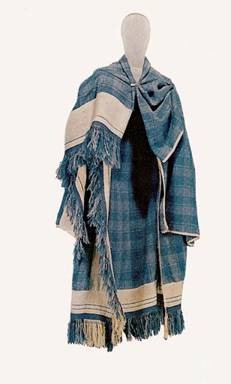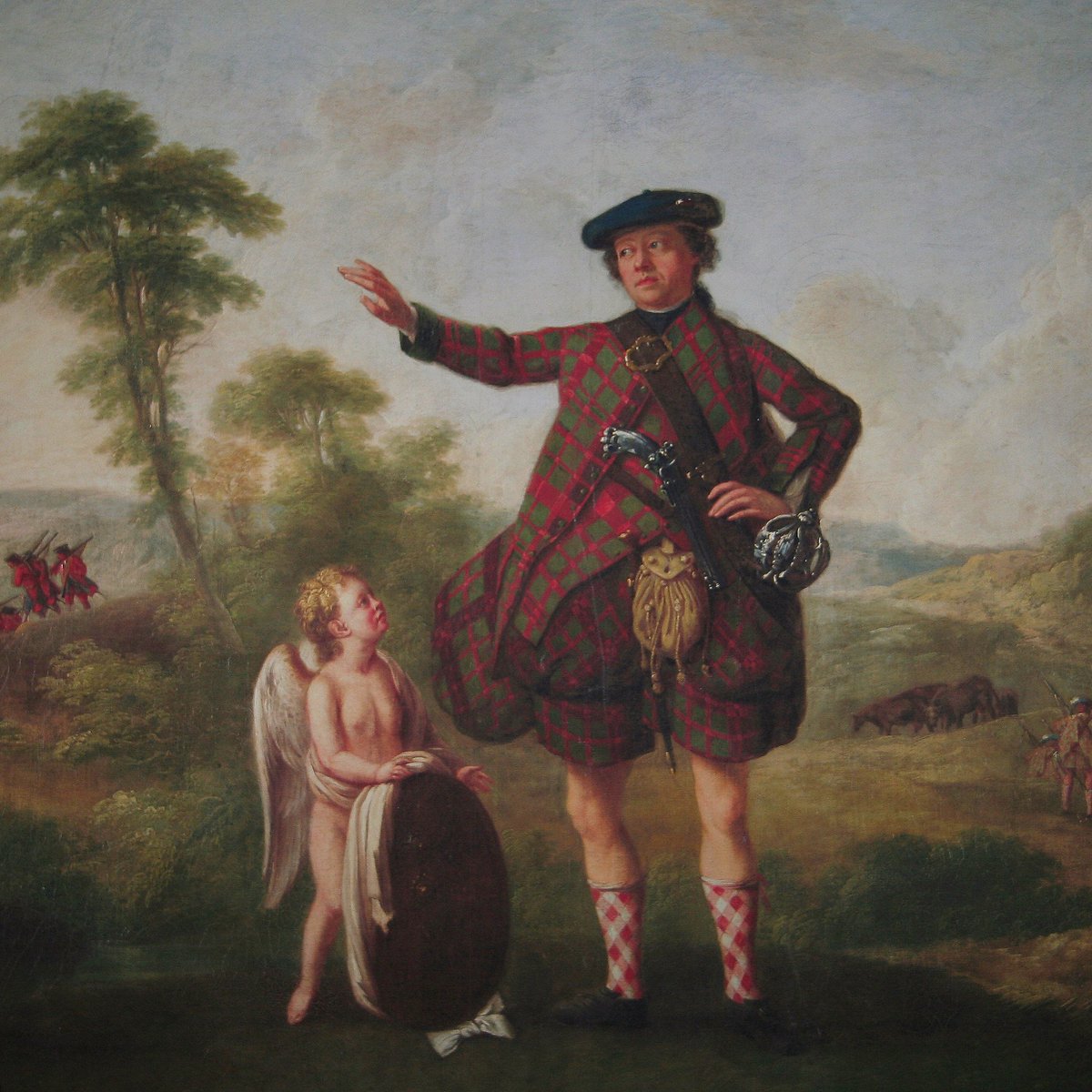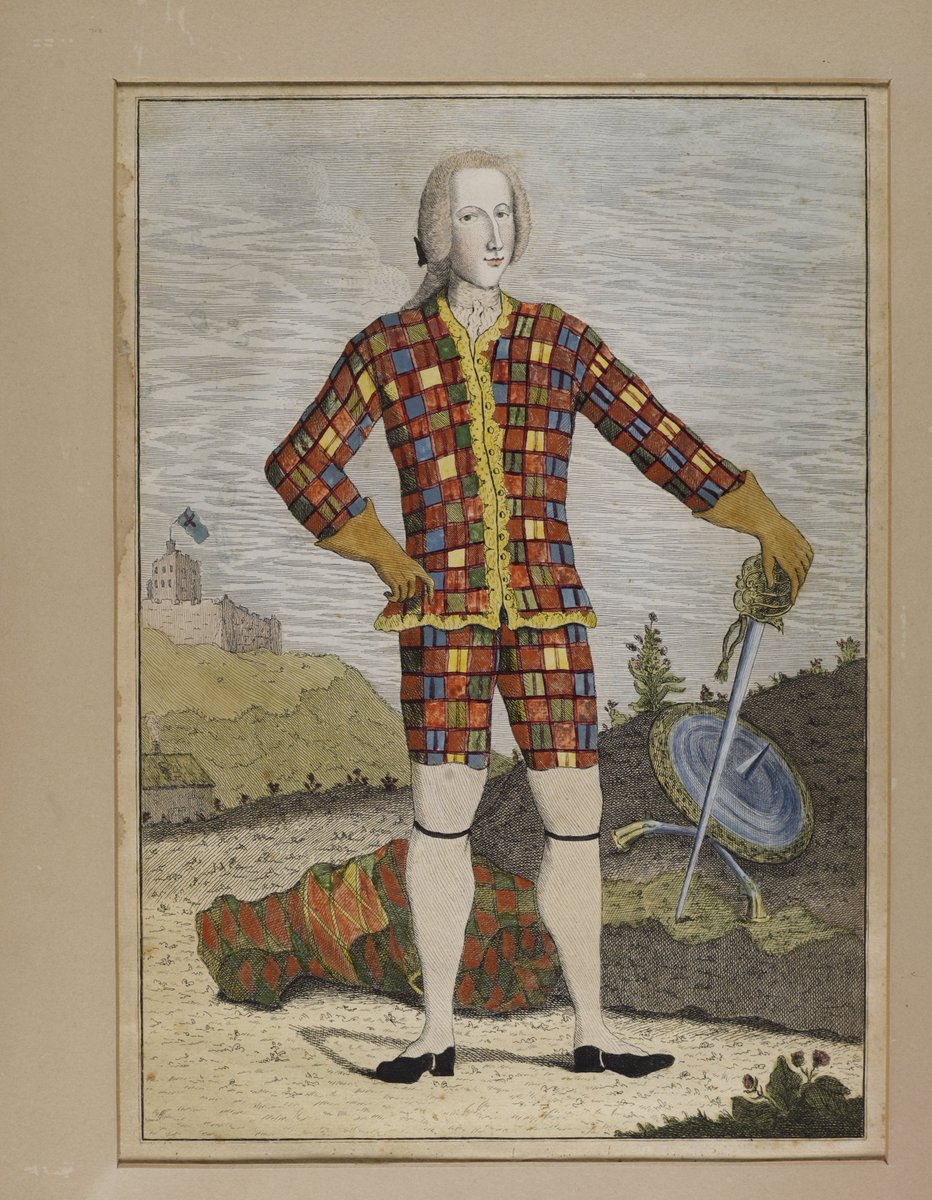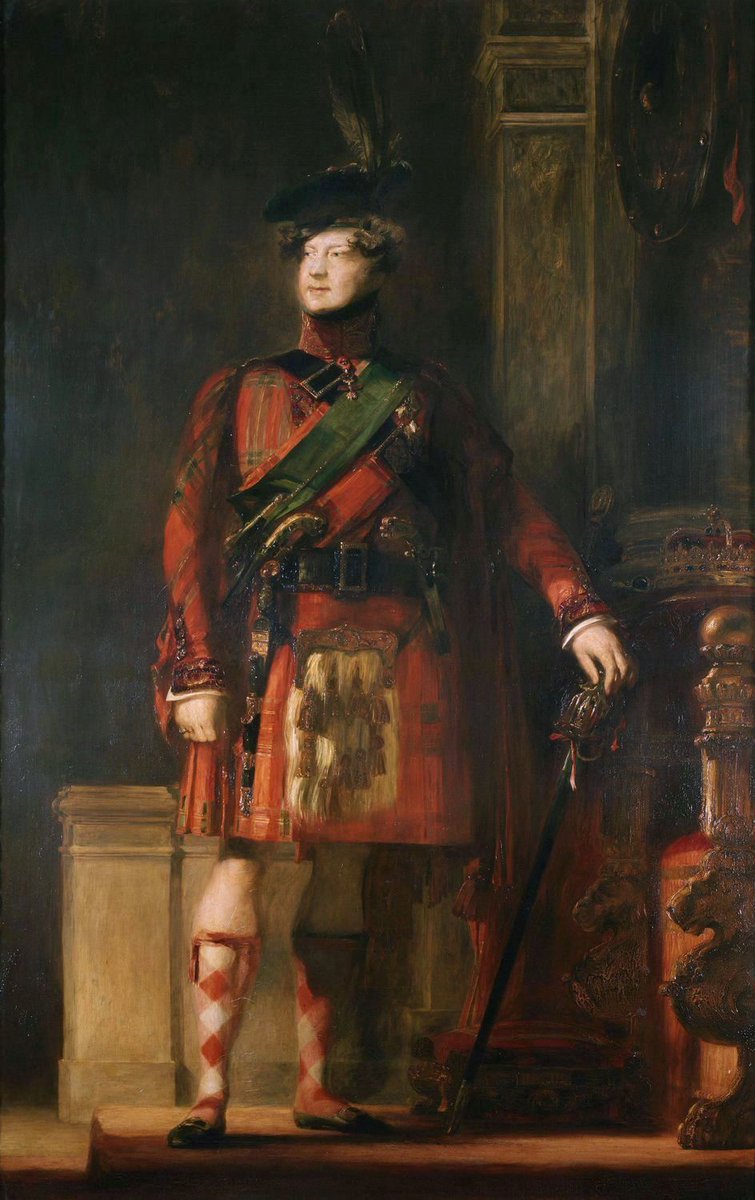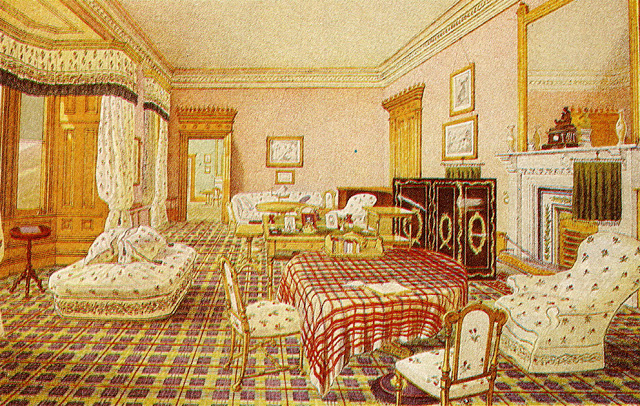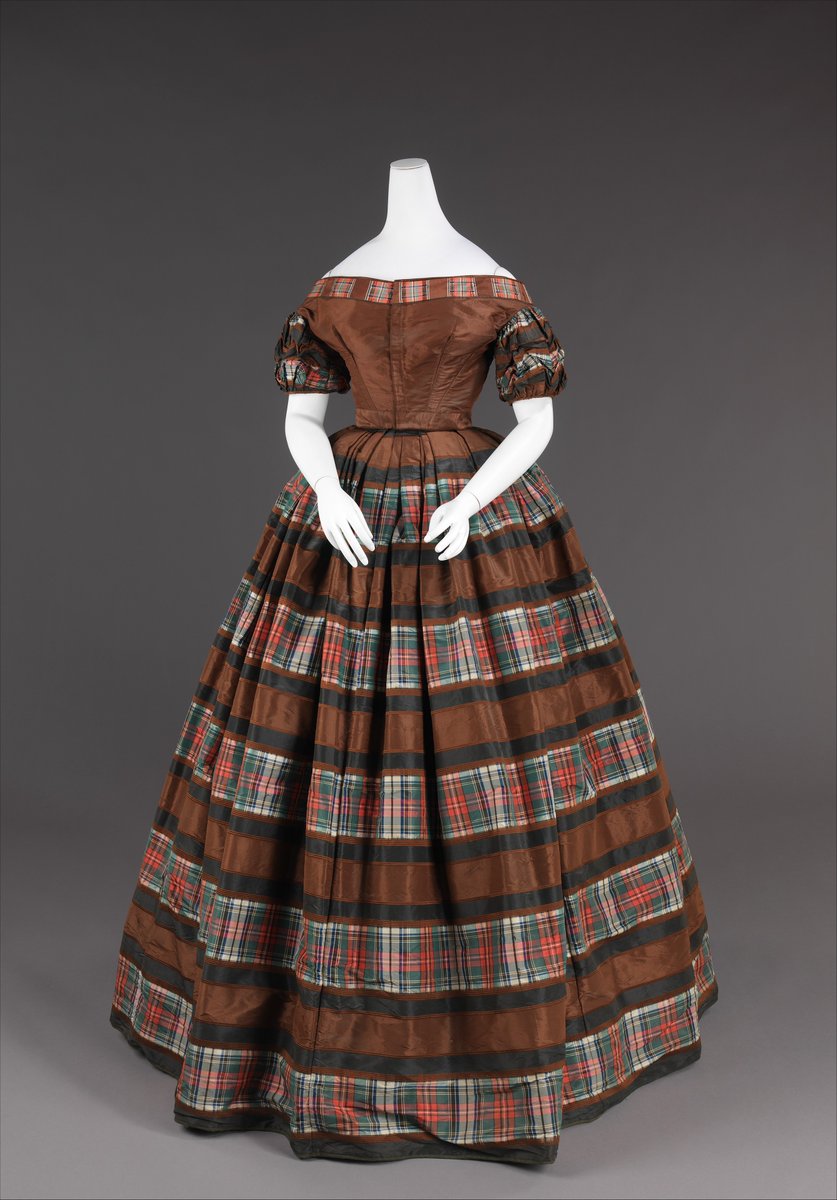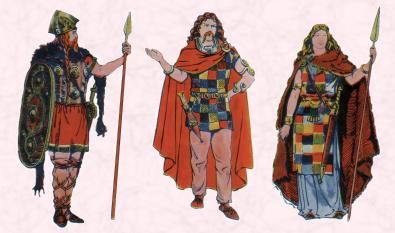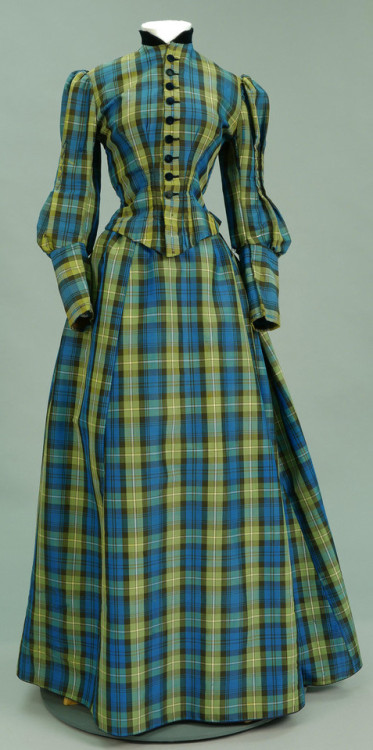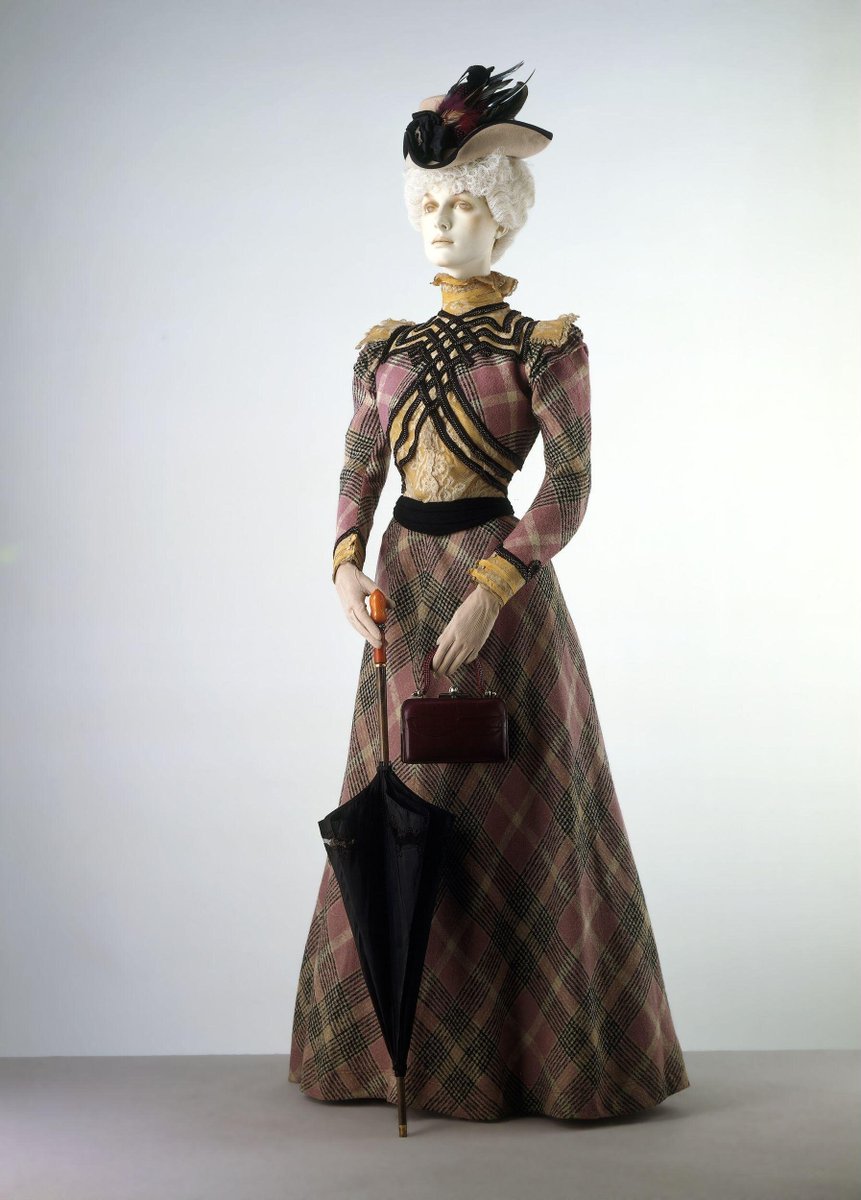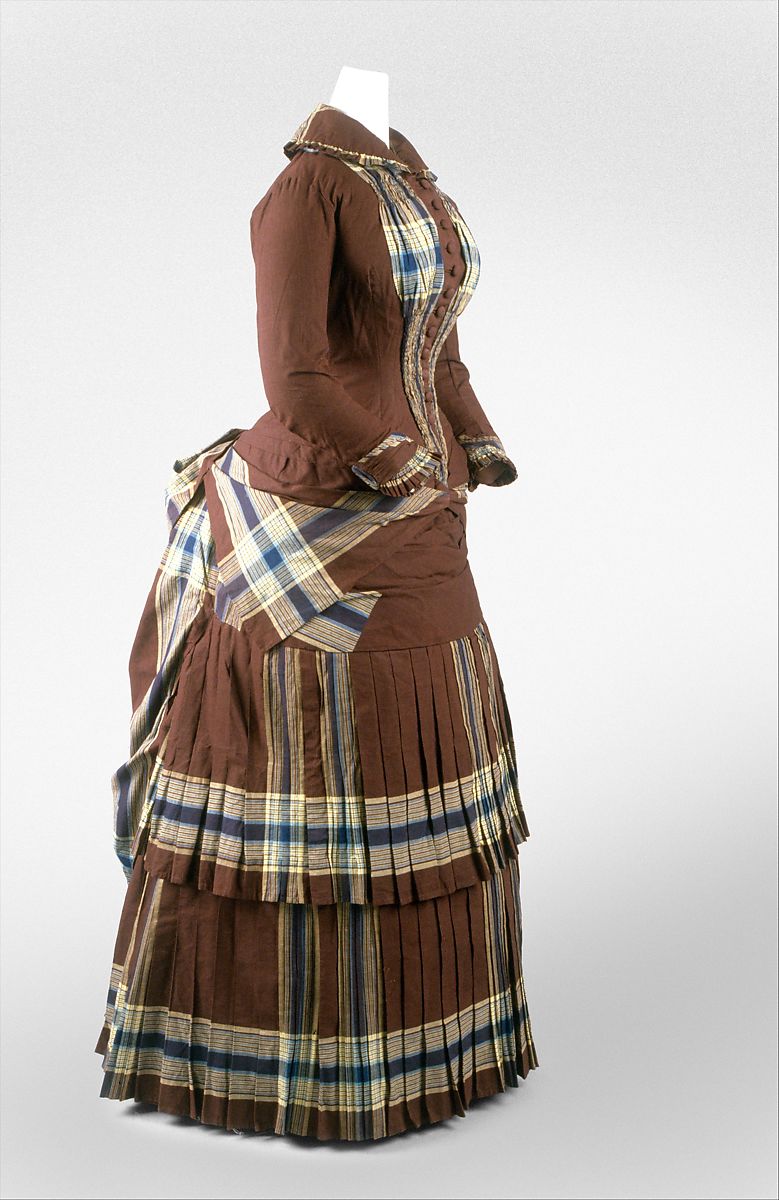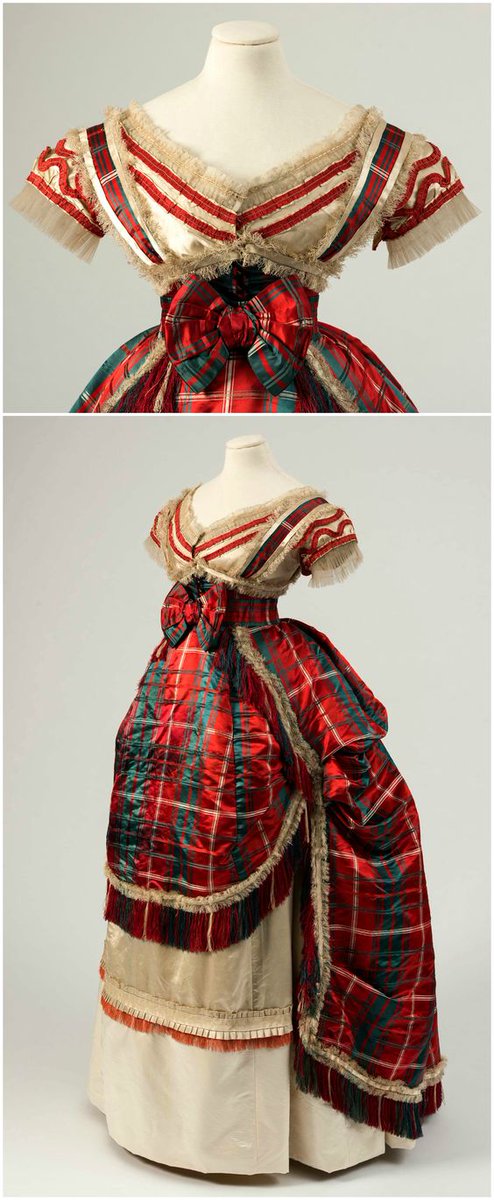1 - Welcome friends: it& #39;s TARTAN time! So plaid you& #39;re here.
This pattern probably brings to mind highlanders, private schools, & grunge music. But there& #39;s a lot more to it.
To understand tartan, we’ve got to go back further than you think. Back to Iron Age and to MUMMIES!
This pattern probably brings to mind highlanders, private schools, & grunge music. But there& #39;s a lot more to it.
To understand tartan, we’ve got to go back further than you think. Back to Iron Age and to MUMMIES!
2 - Before mummies however, disclaimers:
I LIKE TARTAN. It makes me happy. It& #39;s beautiful.
ALSO, people have VERY STRONG FEELINGS about tartan/plaid. There is a great deal of controversy. I’m here to share what I’ve learned, and reiterate I am a fan, not an authority.
I LIKE TARTAN. It makes me happy. It& #39;s beautiful.
ALSO, people have VERY STRONG FEELINGS about tartan/plaid. There is a great deal of controversy. I’m here to share what I’ve learned, and reiterate I am a fan, not an authority.
3 - Tartan is a kind of twill weave, and twill is one of the oldest woven fabrics known to man. But due to its organic nature (often plant-based), residual cloth is almost unheard of.
We knew of some examples in Halstatt people in Iron Age bogs that were tartan-like.
We knew of some examples in Halstatt people in Iron Age bogs that were tartan-like.
4 - However, the discovery of the Cherchen Man, a remarkably intact mummy w/Caucasian features in western China, dated to 1000 BCE, rocked textile history—his leggings were tartan-like. Dr. Elizabeth Barber said of the cloth: “It was like handling 19th century fabric.”
5 - Nearby, in Qizilchoqa, additional twills on mummies were found: This fabric, you guessed it, was a simple plaid twill.
There were as many as six colors in what is called “Hami plaid” with a similar feel, weight, and tightness as more modern textiles (reconstruction below).
There were as many as six colors in what is called “Hami plaid” with a similar feel, weight, and tightness as more modern textiles (reconstruction below).
6 - That actually dates tartan, as developed by Celts (who linguistically were actually pretty close to the Tokharian in the region of western China) are easily 3,000 years old. I think of these as tartan precursors.
Below: a weave from Egypt, 5th-6th BCE. Tartan got around.
Below: a weave from Egypt, 5th-6th BCE. Tartan got around.
7 - BEFORE we go to the Celtic world know ye this: there is a lot of discussion as to plaid vs. tartan, and I don’t have enough space to get into this thread of debate.
This is Twitter. I lean toward "tartan=repeatable pattern" but, yeah. Here& #39;s a pretty scarf from 1822.
This is Twitter. I lean toward "tartan=repeatable pattern" but, yeah. Here& #39;s a pretty scarf from 1822.
8 - The Celts & Gauls were known for their (by Roman standards) garish fashions & for wearing PANTS (braccae).
But with none of their history written, we only know the very biased opinions of the Romans. Lots of guesswork. This is similar to what a Celt might have worn:
But with none of their history written, we only know the very biased opinions of the Romans. Lots of guesswork. This is similar to what a Celt might have worn:
9 - By the 16th century we see tartans everywhere in Scotland & by the 18th century it& #39;s synonymous w/Highlanders.
Back then, though, the tartan design was often determined by the weave & location rather than family association, & one could wear many kinds of tartan at once.
Back then, though, the tartan design was often determined by the weave & location rather than family association, & one could wear many kinds of tartan at once.
10 - After the Jacobite rising, tartan became the symbol Scottish pride & rebellion, which went over super well with the English. JKJK LOL. NO.
They enacted the Dress Act of 1746 (part of the larger Act of Proscription) & to quash Gaelic culture, banning tartan entirely.
They enacted the Dress Act of 1746 (part of the larger Act of Proscription) & to quash Gaelic culture, banning tartan entirely.
11 - The Dress Act of 1746 included banning wearing kilts. Only those in the Black Watch regiment were exempt. Sentences ranged from 6 months in prison to 7 years of indenture in the colonies.
Bonnie Prince Charlie, below. He escaped, of course, and died in Italy.
Bonnie Prince Charlie, below. He escaped, of course, and died in Italy.
12 - Of course (just like with chintz!) when you make something punishable, people (esp. rich folks) want to wear more of it.
When King George IV visited Scotland in his full kilt and trews, well, it started a fashion sensation... and appropriation. He knew what he was doing.
When King George IV visited Scotland in his full kilt and trews, well, it started a fashion sensation... and appropriation. He knew what he was doing.
13 - Which brings us to Victoria and Albert. V&A went mad for plaid. Interiors, exteriors, fashion, accessories.
This is why we have so many extant Victorian era gowns and what essentially sealed the deal for the mainstreaming of tartan. Plaid taffeta silk! Balmoral below.
This is why we have so many extant Victorian era gowns and what essentially sealed the deal for the mainstreaming of tartan. Plaid taffeta silk! Balmoral below.
14 - This gave rise to the commercialism of tartans, and the explosion of "tartans for everything." Many tartans are “official” clan tartans, but keep in mind this concept is relatively modern.
Here are a few fancy Celts. Looking like patchwork quilts with mustaches.
Here are a few fancy Celts. Looking like patchwork quilts with mustaches.
15 - If anything, my research shows that tartan-making is foundational to society, and had wide-ranging influences across the globe.
Its rise and fall and rise again demonstrate how powerful, meaningful, and political a jaunty pattern can be.
Its rise and fall and rise again demonstrate how powerful, meaningful, and political a jaunty pattern can be.
16 - From the first “bright cloaks” described by Romans to Burberry, tartan continues is reign as a truly timeless pattern.
Not without its controversy, of course. But it’s pretty wild that one can feel so strongly about woven fibers 4,000 years on.
Not without its controversy, of course. But it’s pretty wild that one can feel so strongly about woven fibers 4,000 years on.
17 - Some more gorgeous things I found, and then some sources:
http://www.strathmorewoollen.co.uk/history-of-tartan/
https://www.strathmorewoollen.co.uk/history-o... href=" https://www.scottishtartansmuseum.org/content.aspx?page_id=22&club_id=170857&module_id=290899
https://www.scottishtartansmuseum.org/content.a... href=" http://www.tartansauthority.com/tartan/the-birth-of-tartan/
https://www.tartansauthority.com/tartan/th... href=" https://theculturetrip.com/europe/united-kingdom/scotland/articles/the-most-iconic-tartan-moments-in-fashion/
https://theculturetrip.com/europe/un... href=" https://en.wikipedia.org/wiki/Twill
https://en.wikipedia.org/wiki/Twil... href=" https://spacezilotes.wordpress.com/2012/07/17/an-approach-about-keltoi-c-celtic-clothing-1/
https://spacezilotes.wordpress.com/2012/07/1... href=" https://www.jstor.org/stable/41702015?seq=1">https://www.jstor.org/stable/41...
http://www.strathmorewoollen.co.uk/history-of-tartan/
And the final sources... seriously. There were many.
https://www.kilts-n-stuff.com/Blog/tartan-plaid-whats-the-difference/
https://www.kilts-n-stuff.com/Blog/tart... href=" https://reconstructinghistory.com/clothing-of-the-ancient-celts-introduction/
https://reconstructinghistory.com/clothing-... href=" https://irishhistoricaltextiles.wordpress.com/blog/
https://irishhistoricaltextiles.wordpress.com/blog/&quo... href=" https://en.wikipedia.org/wiki/Tartan
https://en.wikipedia.org/wiki/Tart... href=" https://en.wikipedia.org/wiki/Dress_Act_1746
https://en.wikipedia.org/wiki/Dres... href=" http://www.tartansauthority.com/tartan/the-growth-of-tartan/victoria-and-albert/
https://www.tartansauthority.com/tartan/th... href=" https://ateliernostalgia.wordpress.com/2015/05/13/inspiration-tartan/
https://ateliernostalgia.wordpress.com/2015/05/1... href=" https://plaidpetticoats.blogspot.com/2013/03/balmorality-queen-victorias-tartan-craze.htmlz">https://plaidpetticoats.blogspot.com/2013/03/b... https://en.wikipedia.org/wiki/Jacobitism ">https://en.wikipedia.org/wiki/Jaco...
https://www.kilts-n-stuff.com/Blog/tartan-plaid-whats-the-difference/
This concludes my #ThreadTalk.

 Read on Twitter
Read on Twitter